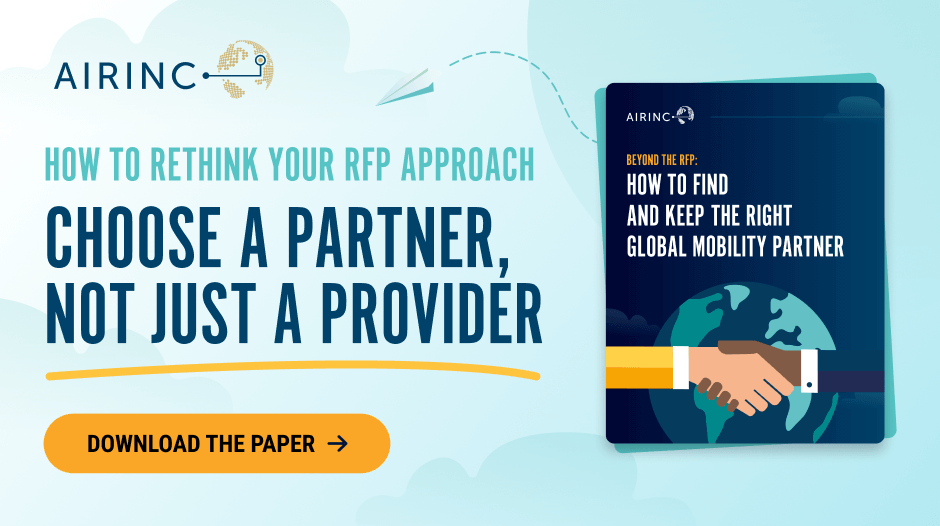Choosing a provider may be the end of the RFP process, but it’s just the beginning of the partnership.
Too often, teams breathe a well-earned sigh of relief once the contract is signed, and rightfully so. A lot of time, energy, and coordination goes into getting to that point. But the real value of a well-run RFP isn’t just the selection, it’s what happens next: building a relationship that grows, adapts, and continues to deliver value over time.
At AIRINC, we believe a well-structured RFP is more than just procurement, it’s a launchpad for transformation.
SLAs & KPIs That Actually Matter
Service Level Agreements (SLAs) and Key Performance Indicators (KPIs) are a staple of any contract. But are they telling you what really matters?
Generic metrics, like response times or case closure rates, may check the box, but they don’t always reflect the quality of the relationship or the strategic outcomes you’re aiming for.
We encourage clients to define a balanced set of KPIs that focus on:
- Consistency of experience, not just average resolution times
- Collaboration quality between the provider and internal team
- Team stability and continuity of the delivery team
- Client effort, how much time your team spends managing the provider
Your SLAs should be meaningful, measurable, and, most importantly, actionable. A missed SLA shouldn’t just trigger a penalty; it should spark a conversation about what needs to change.
One of our clients recently reframed their SLA review sessions to include a “what should we celebrate” and “what should we fix” section. It shifted the tone from policing to partnering and resulted in the provider bringing more proactive ideas to the table.
The Evolution of Procurement: From Transactional to Human-Centered
The role of procurement is evolving. More and more, we see procurement teams acting as enablers of strong relationships, not just negotiators of price and process.
They’re asking:
- Does this provider understand our culture?
- How will this relationship scale?
- What does success look like in 12 months, not just the first 30 days?
This shift from transactional to strategic sourcing reflects a bigger trend: organizations want partners who can flex with them, solve problems proactively, and bring fresh thinking to the table. But even with the right partner in place, the work isn’t over. The strongest relationships don’t just happen, they’re intentionally built and actively maintained.
Best Practices for Keeping Partnerships Strong
Strong partnerships don’t run on autopilot. Here are a few practices we’ve seen work well:
- Regular business reviews that go beyond metrics, use them to talk about what’s working, where things feel strained, and how needs are evolving.
- Open feedback loops that allow both sides to speak candidly, not just when things go wrong.
- Recognition moments to celebrate great performance. It strengthens trust and encourages repeat behavior.
- Adaptation checkpoints set a 6- or 12-month review to ask: Are the original assumptions still valid? Does the scope or support model need to evolve?
Final Thought: A Partnership Worth Managing
The best RFPs don’t just lead to good contracts, they lead to great partnerships.
When you set the tone early with clear expectations, meaningful SLAs, balanced KPIs, and mutual accountability, you create the conditions for a partnership that thrives, even as your needs and priorities change.
Looking to elevate your next provider relationship?
Check out our new paper: Beyond the RFP: How to Find and Keep the Right Global Mobility Partner
Or explore our RFP Consulting Solution Sheet to see how AIRINC can support—from strategy to selection and beyond.





